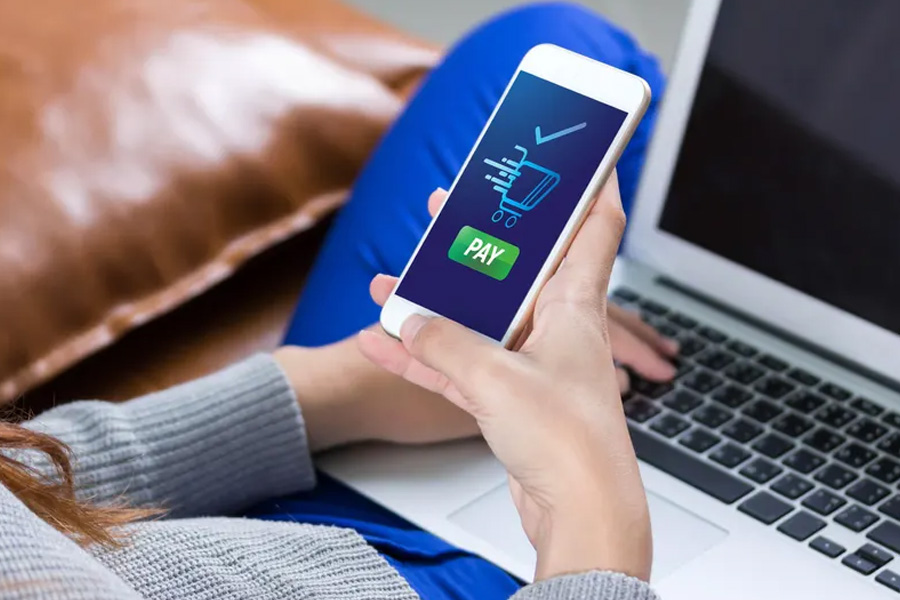In the digital age, online payments have become an integral part of our daily lives. From shopping on e-commerce platforms to subscribing to online services, the convenience of making payments online is unmatched. However, with this convenience comes the risk of cyber threats, fraud, and identity theft. Ensuring safe online payments is crucial for protecting personal information and financial security. This article provides a comprehensive guide on how to make safe online payments, covering best practices, secure payment methods, and tips for both consumers and businesses.
Understanding the Risks of Online Payments
Before diving into the best practices for safe online payments, it’s important to understand the common risks associated with online transactions:
Phishing Attacks:
Cybercriminals use phishing emails or fake websites to trick users into providing their personal and financial information.
Malware:
Malicious software can infect devices and capture sensitive information such as credit card numbers and passwords.
Data Breaches:
Large-scale data breaches at companies can expose customers’ personal and financial information to hackers.
Identity Theft:
Cybercriminals can use stolen personal information to commit fraud, open accounts, or make unauthorized purchases.
Best Practices for Safe Online Payments
To protect yourself from these risks, it’s essential to follow best practices for safe online payments:
1. Use Secure Websites:
Always ensure that you are making payments on secure websites. Look for the padlock icon in the address bar and ensure the URL begins with “https://” rather than “http://”. The “s” stands for secure, indicating that the site uses encryption to protect your data.
2. Enable Two-Factor Authentication (2FA):
Two-factor authentication adds an extra layer of security to your online accounts. In addition to your password, you will need to enter a code sent to your phone or email. This makes it harder for cybercriminals to access your accounts even if they have your password.
3. Use Strong Passwords:
Create strong, unique passwords for your online accounts. Avoid using easily guessable information such as birthdays or common words. Use a combination of letters, numbers, and special characters. Consider using a password manager to keep track of your passwords securely.
4. Avoid Public Wi-Fi:
Public Wi-Fi networks are often unsecured, making it easier for cybercriminals to intercept your data. Avoid making online payments or accessing sensitive information when connected to public Wi-Fi. If necessary, use a Virtual Private Network (VPN) to encrypt your internet connection.
5. Monitor Your Accounts Regularly:
Regularly check your bank and credit card statements for any unauthorized transactions. Report any suspicious activity to your financial institution immediately. Early detection can help mitigate the impact of fraud.
Secure Payment Methods
Using secure payment methods can significantly reduce the risk of online fraud. Here are some of the safest payment options available:
1. Credit Cards:
Credit cards offer robust fraud protection. Most credit card companies provide zero-liability policies for unauthorized transactions, meaning you won’t be held responsible for fraudulent charges. Additionally, credit card transactions can be easily disputed if necessary.
2. PayPal and Other Digital Wallets:
Digital wallets like PayPal, Apple Pay, and Google Wallet offer secure payment options by acting as intermediaries between your bank account and the merchant. They use encryption and tokenization to protect your financial information.
3. Secure Payment Gateways:
When shopping online, use websites that offer secure payment gateways such as Stripe or Square. These gateways encrypt your payment information and provide additional security measures to protect your data.
4. Virtual Credit Cards:
Some banks and credit card companies offer virtual credit cards, which generate a temporary card number for online transactions. This protects your real credit card number from being exposed.
Tips for Businesses
For businesses, ensuring safe online payments is essential for maintaining customer trust and preventing financial losses. Here are some tips for businesses to enhance payment security:
1. Implement SSL Certificates:
Secure Sockets Layer (SSL) certificates encrypt data transmitted between your website and customers. Implementing SSL ensures that all sensitive information is transmitted securely.
2. Use Tokenization:
Tokenization replaces sensitive payment information with a unique identifier or token. This ensures that actual payment data is never stored on your servers, reducing the risk of data breaches.
3. PCI Compliance:
Ensure that your business complies with the Payment Card Industry Data Security Standard (PCI DSS). This set of security standards helps businesses protect credit card information during and after transactions.
4. Regular Security Audits:
Conduct regular security audits and vulnerability assessments to identify and address potential security weaknesses. This proactive approach can help prevent data breaches and cyber attacks.
5. Educate Your Customers:
Provide customers with information on safe online payment practices. Educating your customers on how to recognize phishing scams and secure their accounts can reduce the risk of fraud.
Conclusion
Safe online payments are crucial for protecting both consumers and businesses from cyber threats and financial loss. By following best practices such as using secure websites, enabling two-factor authentication, and using secure payment methods, consumers can significantly reduce the risk of online fraud. Similarly, businesses can enhance payment security by implementing SSL certificates, using tokenization, and ensuring PCI compliance. In an increasingly digital world, staying vigilant and informed is key to ensuring safe online transactions.


